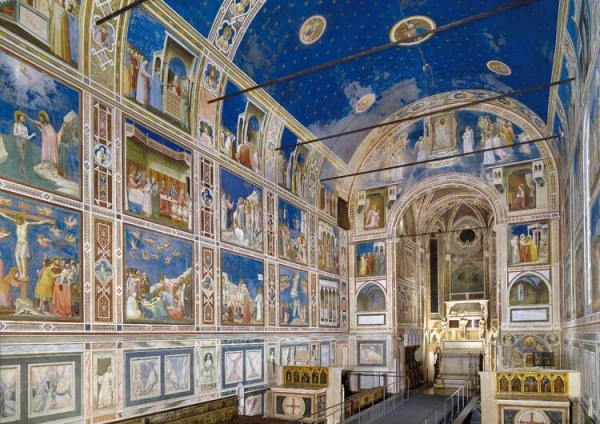
VIENNA — The World Heritage Committee on Saturday inscribed five cultural sites, including one transnational property, in Saudi Arabia, Austria, Belgium, Czechia, France, Germany, Italy, the United Kingdom and Northern Ireland on UNESCO’s World Heritage List during its 44th session held online and chaired from Fuzhou (China).
The first site is Ḥima Well in Saudi Arabia which contains a substantial collection of rock art images depicting hunting, fauna, flora and lifestyles in a cultural continuity of 7,000 years. The property and its buffer zone are also rich in unexcavated archaeological resources in the form of cairns, stone structures, interments, stone tool scatters and ancient wells.
The second is the transnational site of The Great Spa Towns of Europe which comprises 11 towns, located in seven European countries: Baden bei Wien (Austria); Spa (Belgium); Františkovy Lázně (Czechia); Karlovy Vary (Czechia); Mariánské Lázně (Czechia); Vichy (France); Bad Ems (Germany); Baden-Baden (Germany); Bad Kissingen (Germany); Montecatini Terme (Italy); and City of Bath (United Kingdom).
All of these towns developed around natural mineral water springs. They bear witness to the international European spa culture that developed from the early 18th century to the 1930s, leading to the emergence of grand international resorts that impacted urban typology around ensembles of spa buildings.
The Lighthouse of Cordouan in France, the third site, rises on a shallow rocky plateau in the Atlantic Ocean at the mouth of the Gironde estuary, in a highly exposed and hostile environment. Built-in white limestone-dressed blocks at the turn of the 16th and 17th centuries, it was designed by engineer Louis de Foix and remodeled by engineer Joseph Teulère in the late 18th century. It embodies the great stages of the architectural and technological history of lighthouses and was built with the ambition of continuing the tradition of famous beacons of antiquity, illustrating the art of building lighthouses in a period of renewed navigation when beacons played an important role as territorial markers and as instruments of safety.
The fourth is the Darmstadt Artists’ Colony on Mathildenhöhe in Germany, the highest elevation above the city of Darmstadt in west-central Germany, which was established in 1897 by Ernst Ludwig, Grand Duke of Hesse, as a center for emerging reform movements in architecture, arts and crafts. The buildings of the colony were created by its artist members as experimental early modernist living and working environments. The colony was expanded during successive international exhibitions in 1901, 1904, 1908 and 1914.
Lastly Padua’s fourteenth-century fresco cycles in Italy. The site is composed of eight religious and secular building complexes, within the historic walled city of Padua, which house a selection of fresco cycles painted between 1302 and 1397 by different artists for different types of patron and within buildings of diverse functions. — WAM